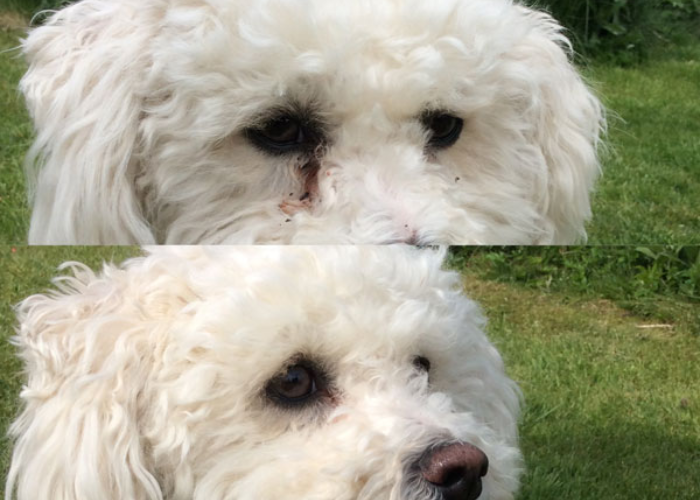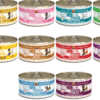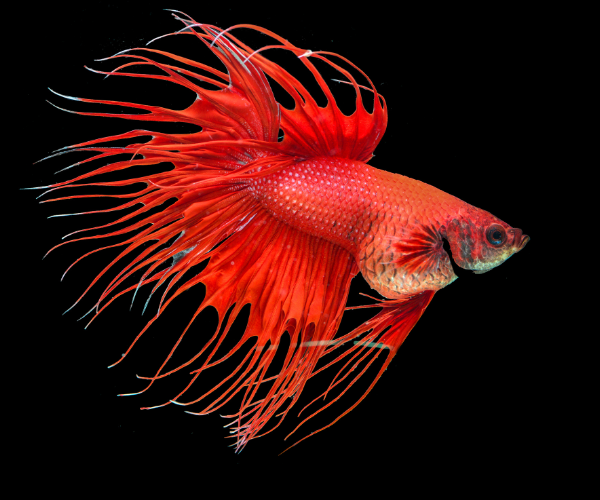Introduction
Tear stains are a common and sometimes frustrating issue faced by dog owners worldwide. These reddish-brown marks often appear around the eyes of our furry friends, giving them a distinctive, albeit sometimes concerning, appearance. But what’s really behind these mysterious stains? With so many potential causes, it’s important to understand the factors that can contribute to tear staining in our beloved pets. In this article, we’ll delve into the world of canine tear stains and explore whether tap water could be a surprising culprit behind this phenomenon.

Getting to the root cause of tear stains is crucial not only for maintaining your dog’s appearance but also for ensuring their overall health and well-being. In some cases, tear stains can be indicative of underlying health issues that require attention. That’s why it’s important to be well-informed about the possible factors at play.
In this article, we’ll specifically examine the role of tap water in causing tear stains in dogs. It might seem surprising, but the water your dog drinks could be having a more significant impact on their appearance and health than you think. Join us as we navigate the possible connection between tap water and tear stains, as well as other contributing factors, to help you make informed decisions about your dog’s care.
Tap Water and Tear Stains: Exploring the Connection
While the connection between tap water and tear stains in dogs is not yet definitive, some studies suggest that minerals and additives found in tap water, such as iron and chlorine, may contribute to tear staining in certain cases, making it essential for pet owners to consider multiple factors, including breed predisposition, individual sensitivities, and water quality.
Research Studies and Findings
The connection between tap water and tear stains in dogs has been a topic of interest for both pet owners and researchers. Some studies suggest that the minerals and additives found in tap water, such as iron and chlorine, can contribute to tear staining. These elements may cause irritation or react with the porphyrin in tears, leading to more pronounced staining. However, more research is needed to establish a definitive link between tap water and tear stains, as some studies have produced conflicting results.
Veterinarian and Expert Opinions
Veterinarians and pet care experts acknowledge that tap water could play a role in the development of tear stains in some dogs. While it may not be the primary cause for all cases, many professionals recommend trying alternative water sources, such as bottled or filtered water, to see if it improves the appearance of tear stains. It’s essential to consult with your veterinarian before making any changes to your dog’s water source, as they can help guide you in making the best decision for your pet.

Factors That May Influence the Relationship Between Tap Water and Tear Stains
- Breed predisposition: Some breeds are more prone to tear stains than others. This genetic predisposition may make certain breeds more susceptible to the effects of tap water on their tear staining.
- Individual dog sensitivities: Every dog is unique, and some may be more sensitive to the minerals and additives found in tap water. Individual sensitivities could make certain dogs more prone to developing tear stains when drinking tap water.
- Water source and quality: The quality and composition of tap water can vary significantly depending on your location. Factors such as water hardness, mineral content, and the presence of additives can influence the relationship between tap water and tear stains.
Other Possible Causes of Tear Stains
Genetic Factors
Some dogs may be genetically predisposed to producing more tears or having tear ducts that don’t drain properly. This can result in an increased likelihood of developing tear stains.
Allergies and Environmental Factors
Allergies and environmental irritants, such as pollen, dust, or smoke, can cause excessive tearing in dogs. This increased tear production can lead to more pronounced tear staining.
Eye Infections and Irritants
Infections or irritants in the eye, such as conjunctivitis or foreign objects, can also cause increased tear production and staining. It’s important to consult your veterinarian if you suspect an eye infection or irritation.
Diet and Nutrition
A dog’s diet can play a role in the development of tear stains. Food intolerances, poor-quality ingredients, or an unbalanced diet may contribute to tear staining. Consulting with your veterinarian about a suitable diet for your dog can help address potential nutritional causes of tear stains.
Grooming and Hygiene
Maintaining proper eye hygiene is crucial for preventing tear stains. Regularly cleaning the area around your dog’s eyes and keeping the fur trimmed can help reduce the buildup of porphyrin and minimize staining. Additionally, keeping your dog’s face clean and dry can help prevent the growth of yeast or bacteria, which can exacerbate tear staining.
What are Tear Stains?
Defining Tear Stains
Tear stains are the unsightly reddish-brown streaks or marks that can appear around a dog’s eyes. These stains are caused by a pigment called porphyrin, which is present in your dog’s tears. When the tears mix with air and light, the porphyrin oxidizes and leaves a noticeable stain on your dog’s fur. Over time, these stains can darken and become more prominent.
Common Physical Appearance
Tear stains usually start as light pink or reddish streaks and may darken over time to a brownish color. These stains are most noticeable on dogs with light-colored fur, as the contrast between the fur and the stain is more striking. However, tear stains can affect dogs of any fur color and may sometimes be accompanied by wetness or crusting around the eyes.
Breeds Most Prone to Tear Stains
While any dog can develop tear stains, some breeds are more susceptible due to their facial structure, fur type, or genetic predispositions. Breeds that are commonly affected by tear staining include:
- Poodles
- Maltese
- Shih Tzus
- Bichon Frises
- Cocker Spaniels
- Bulldogs
- Pekingese
- Cavalier King Charles Spaniels
Impact on a Dog’s Health and Well-Being
In most cases, tear stains are a cosmetic concern and do not pose a significant threat to a dog’s health. However, if left untreated, excessive tearing and staining can lead to skin irritation, inflammation, and even infection. Furthermore, tear stains can sometimes indicate underlying health issues, such as allergies or eye infections, which require prompt attention from a veterinarian.
Conclusion
In conclusion, the connection between tap water and tear stains in dogs is still a topic that requires further research. While some studies suggest a link between the minerals and additives in tap water and the development of tear stains, the relationship is not yet definitive. Other factors, such as breed predisposition, individual dog sensitivities, and water source quality, may also play a role in the development of tear stains. It’s important to consider these factors alongside other potential causes, such as genetics, allergies, eye infections, diet, and grooming habits.

Doctor of Veterinary Medicine (D.V.M.) at Nation Taiwan University,Master of Science (M.S.) in Biomedical Engineering at National Taiwan University of Science and Technology




